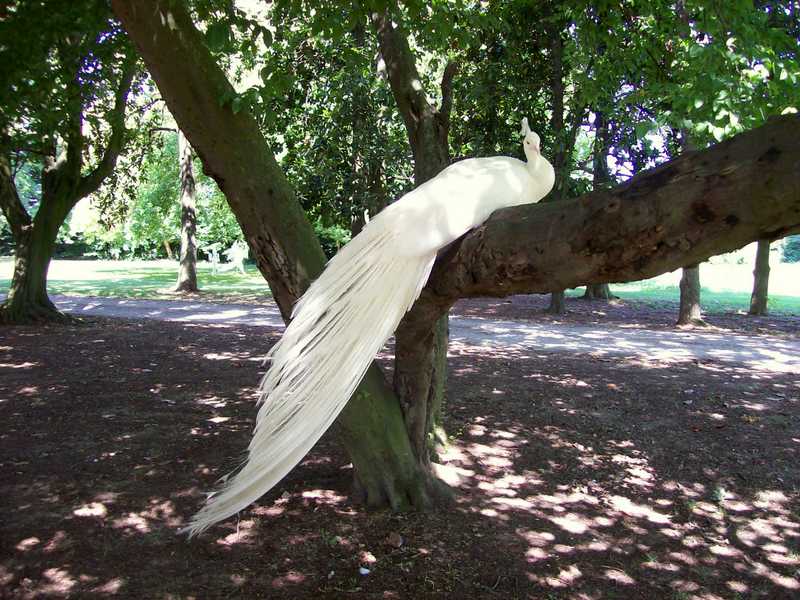The Other Side Of The Mountain – Part 1 Posted by Geoff on Jul 5, 2018 in Culture
Today, we’re on our way to the wonderful Fondazione Magnani Rocca about 10 km south of Parma.
We emerge from the long gallery that cuts through the towering rock between Toscana and Emilia Romagna, and everything changes. It’s hard to believe that two neighbouring regions can differ so much in terms of climate, landscape, architecture and culture.
Geoff: Cos’è quel chiasso, lo sentite? Spero che non sia la macchina!
Serena: Sono le cicale.
Geoff: Le cicale, sei sicura?
Serena: Sì, sono le cicale.
Geoff: Incredibile, nonostante il rumore della macchina, l’autostrada, e il fatto che abbiamo i finestrini chiusi e il climatizzatore acceso si sentono così forte!
Anthony: Ah, le cicale … incredibile! Dall’altra parte non ce n’erano così tante.
The richly wooded hills of Lunigiana give way to a sparser, drier landscape scarred by patches of naked rock on which deeply etched strata run at crazy angles. Here, tectonic plates once engaged in tremendous battles. The Taro valley carries us inexorably down to la Pianura Padana, and the sudden shock of infinite horizons. It’s a relief to leave the narrow curving and slightly nerve-racking autostrada and head across country towards Collecchio, Sala Baganza, Felino and Pilastro. Even the names sound strange and unfamiliar to our Lunigiana ears.
Anthony: Ma come sono organizzati qui in Emilia Romagna!
Geoff: Sì, che differenza. In confronto alle nostre parti sembra tutto così pulito e organizzato.
Serena: C’è sempre stato un grande contrasto fra la Toscana e l’Emilia Romagna. Caso mai, bisogna girare a sinistra alla rotatoria, va bene?
Geoff: Va bene, vado a sinistra.
Some things never change though, such as getting stuck behind a clapped out FIAT Panda doing 25 km an hour. At the wheel one finds the ubiquitous old man with his cloth cap, accompanied by his dog, head and drooling tongue flapping from the open window.
Eventually, having passed through an infinity of sleepy little country towns, and exhausted our vocabulary of parolacce on folk who should have had their driving license revoked many years ago, we arrive at our destination: La Fondazione Magnani Rocca.
Serena: Eccoci!
Geoff: Sì, ce l’abbiamo fatta. E ora bisogna trovare un bel posto ombreggiato dove mettere la macchina, perché fa parecchio caldo.
Anthony: Di là, sotto quegli alberi grossi.
Geoff: Sì, hai ragione, ci vado.
Leaving the car in the shade of a rather monumental tree we head to the biglietteria and thence out into a strangely familiar landscape. Familiar, we later find out, because the ‘Parco Romantico’ surrounding the villa has been modelled in the English style which was so popular in the 1800’s.
Geoff: Guarda là, avete visto cosa c’è sul quell’albero?
Serena: Dove?
Geoff: Lì, non lo vedi? C’è un pavone albino appollaiato su un ramo. Dammi la macchina fotografica che vado a fare due foto.
Serena: Eccola.
We’ll return to the park later on for our picnic. But now it’s time to visit the exhibition of paintings and sketches by artist Alberto Pasini (Busseto 1826 – Cavoretto 1899). I’ll tell you about that in part 2.

Build vocabulary, practice pronunciation, and more with Transparent Language Online. Available anytime, anywhere, on any device.





Comments:
Andrei:
Ciao Geoff,
E’ sempre un paicere leggere i tuoi racconti.
Saluti da Andrei
Geoff:
@Andrei Grazie per il tuo gentile commento Anrei! 🙂
Antonio:
Grazie. E una storia affascinante.
Nini Rukmini:
thank you , waiting for the part 2.
Rosalind:
È la prima volta che vedo la parolla “parecchio” utilizzata come avverbio: fa parecchio caldo. Interessante.
Mi piace la Fiat Panda e “the drooling tongue”. Come si scriverebbe in italiano? il cane di cui il capo e la lingua sbavando s’agitavono dalla finestrina?
Geoff:
@Rosalind Ciao Rosalind. allora, per la riga “the ubiquitous old man with his cloth cap, accompanied by his dog, head and drooling tongue flapping from the open window.” io metterei: l’onnipresente vecchietto col berretto, accompagnato dal suo cane, testa e lingua sbavante che dondolano dal finestrino.
Rosalind:
@Geoff Molto migliore?
Kathy harman:
Bellissima foto! C’è anche una danza rinascimentale chiamata pavane. Dev’ essere correlato.
Geoff:
@Kathy harman Ciao Kathy, pensavamo anche noi la stessa cosa, ma infatti no lo è! Ecco l’etimologia della parola ‘pavane’: From French pavane, from dialectal Italian pavana, contraction of the older padovana, feminine of padovano, meaning from the city of Padua (Italian Padova, dialectal form Pava).
Amo l’etimologia!
A presto, Geoff 🙂
Jill:
Ciao Geoff
Grazie, buon giornato.
Jill
Geoff:
@Jill Una buona giornata anche a te Jill! 🙂
June Radicchi:
I really enjoyed reading this lesson although it was a challenge. It has given me words to look up.
Thank you very much.
Geoff:
@June Radicchi Glad you enjoyed it June. Part 2 coming soon …
Saluti da Geoff 🙂